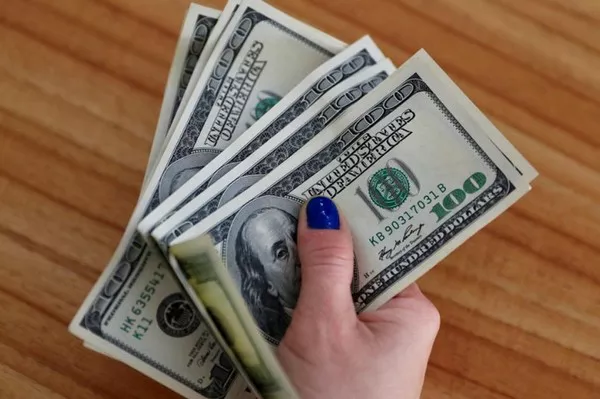Quantitative Easing, often referred to as QE, is a powerful monetary policy tool employed by central banks worldwide to stimulate economic growth and mitigate the effects of financial crises. In the context of the United States, the Federal Reserve has turned to QE during pivotal moments in the nation’s economic history. This article aims to demystify the mechanics of QE and explore its profound influence on the value of the US dollar.
Quantitative Easing: An Overview
At its core, Quantitative Easing is a non-traditional monetary policy strategy used by central banks to infuse money directly into the economy when conventional monetary policy tools, such as adjusting interest rates, become ineffective. QE involves the central bank purchasing financial assets, typically government bonds and, in some cases, other securities like mortgage-backed securities, from the open market.
The key elements of QE include:
Asset Purchases: The central bank, in this case, the Federal Reserve, buys financial assets, primarily government securities, from banks and financial institutions. These purchases are executed in the open market, hence the term “open market operations.”
Money Creation: To pay for the acquired assets, the central bank creates new money electronically. This increases the money supply in the economy, effectively injecting funds into the financial system.
Lowering Interest Rates: By purchasing a substantial volume of assets, the central bank drives up their prices and reduces their yields. This, in turn, lowers interest rates in the broader economy, making borrowing more affordable for businesses and consumers.
The Impact on the US Dollar
The implementation of QE by the Federal Reserve carries significant implications for the US dollar, as well as for domestic and international financial markets. Here’s how QE affects the US dollar:
Exchange Rates: One of the most immediate consequences of QE is its impact on exchange rates. When the central bank engages in large-scale asset purchases, it increases the supply of US dollars in circulation. As the supply of dollars grows relative to other currencies, the exchange rate typically weakens, causing the US dollar to depreciate.
Interest Rates: QE exerts downward pressure on interest rates, making US assets less attractive to foreign investors seeking higher yields. As a result, some investors may move their funds out of US assets in search of better returns elsewhere, further contributing to a weaker dollar.
Inflation Expectations: QE can influence inflation expectations. If the public perceives that QE is likely to lead to higher inflation, they may anticipate a decrease in the real value of the US dollar. This expectation can result in a lower exchange rate.
Risk Appetite: QE can boost risk appetite in financial markets. As central banks flood the financial system with liquidity, investors may become more willing to take on risk, such as investing in higher-yielding but riskier assets abroad. This shift in investor sentiment can contribute to a depreciating dollar.
Global Economic Conditions: The impact of QE on the US dollar also depends on global economic conditions. During times of global uncertainty, the dollar often serves as a safe-haven currency, attracting investors seeking stability. Conversely, when global economic conditions improve, investor demand for the dollar may decrease, leading to a weaker currency.
Historical Examples of QE and the Dollar’s Response
To gain a deeper understanding of the relationship between QE and the US dollar, let’s examine a couple of historical examples:
The Great Recession (2008-2009): In response to the financial crisis of 2008, the Federal Reserve initiated a series of QE programs. These actions led to a substantial expansion of the money supply, which, in turn, contributed to a depreciation of the US dollar. The dollar index, a measure of the dollar’s value against a basket of major currencies, declined during this period.
COVID-19 Pandemic (2020-2021): The economic disruptions caused by the COVID-19 pandemic prompted the Fed to implement a new round of QE. The injection of liquidity into the financial system once again led to a weakening of the US dollar, as investors sought assets with higher yields in response to historically low interest rates.
Conclusion: QE’s Complex Dance with the US Dollar
Quantitative Easing is a multifaceted monetary policy tool with far-reaching implications for the US dollar and global financial markets. While it can lead to a weaker dollar due to increased money supply and lower interest rates, its impact is also influenced by a myriad of factors, including investor sentiment, economic conditions, and global developments.
As central banks continue to employ QE as a response to economic challenges and crises, the dynamics between QE and the US dollar will remain a crucial consideration for policymakers, investors, and businesses navigating the complexities of the modern financial landscape. Understanding this intricate dance between QE and the dollar is essential for anyone with a stake in the stability and prosperity of the global economy.


